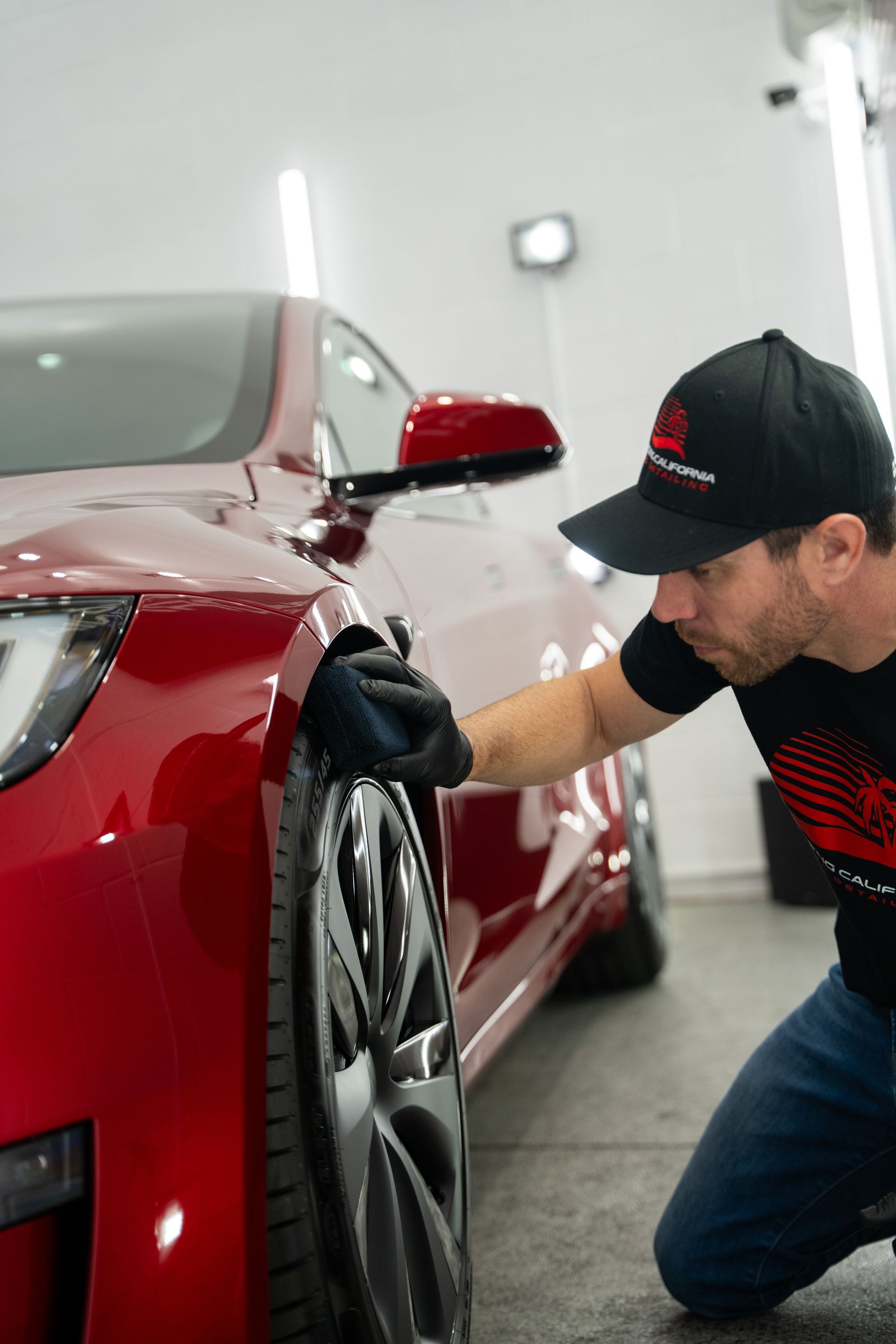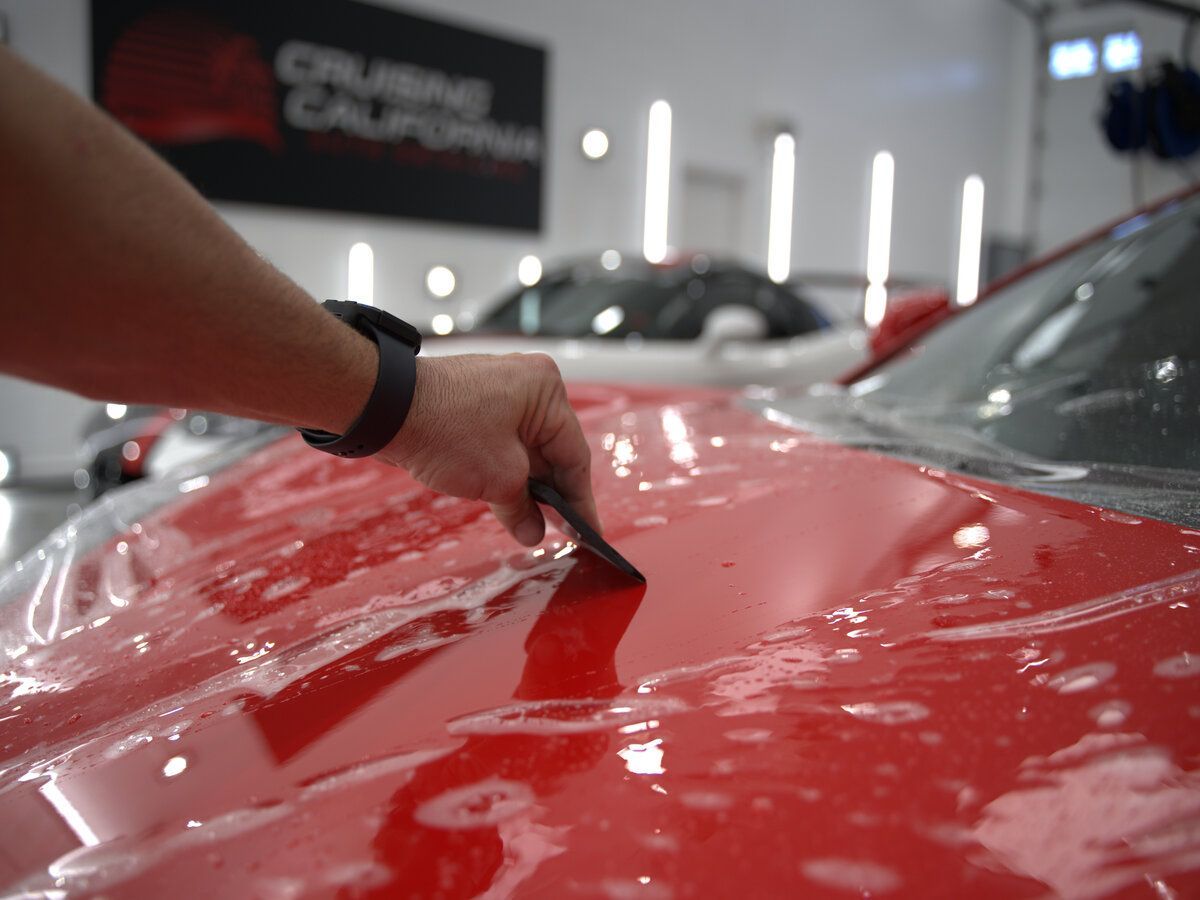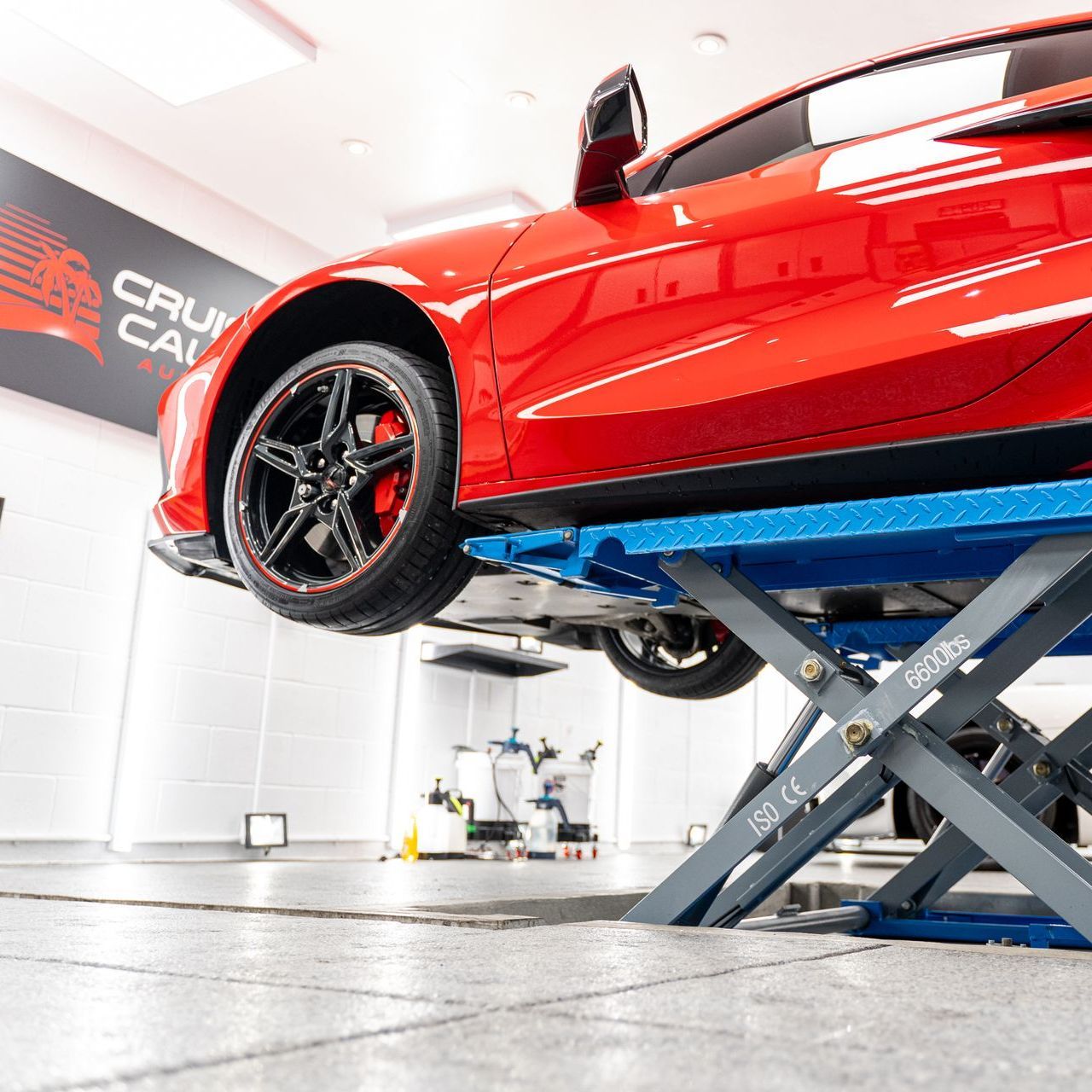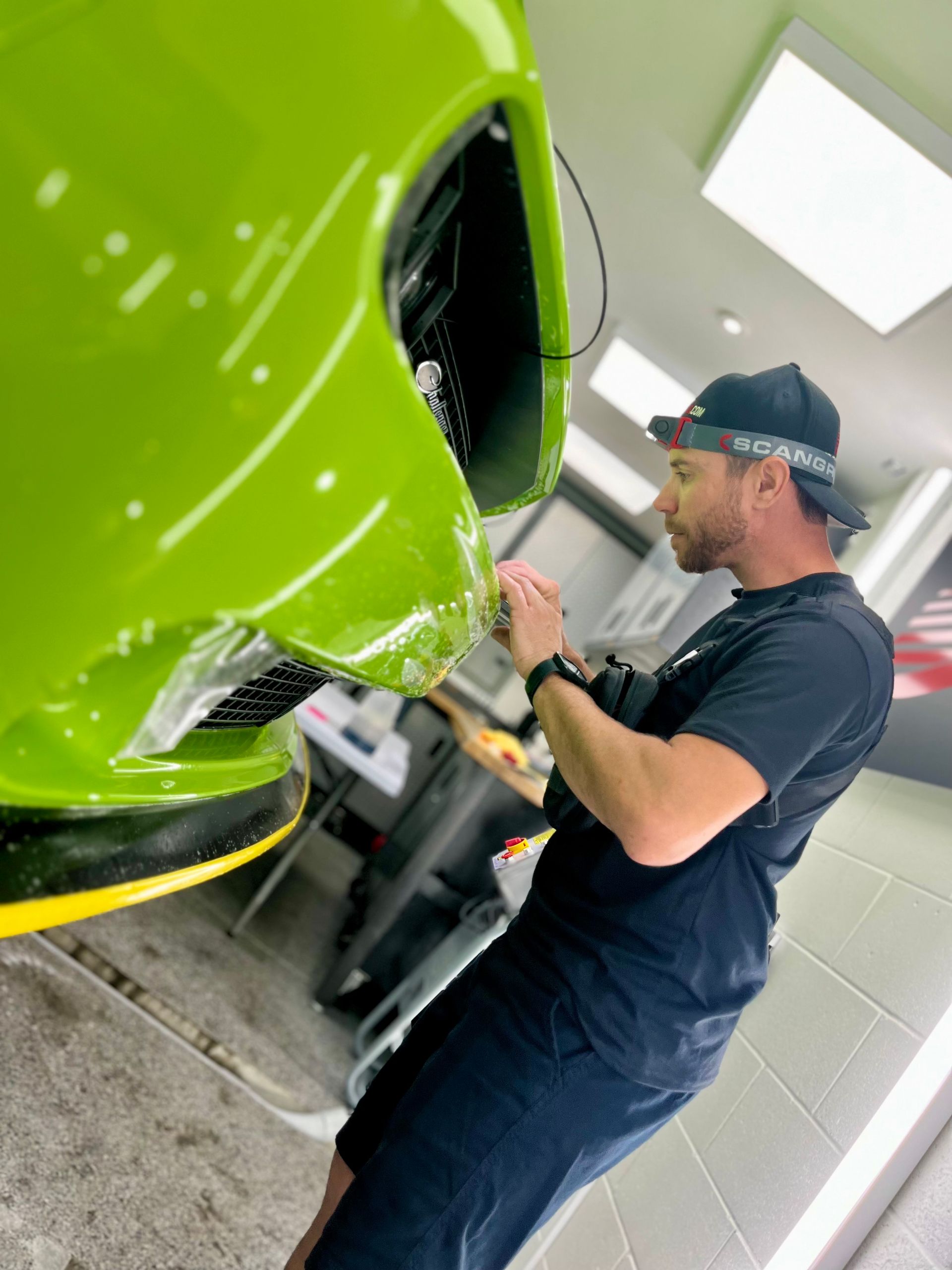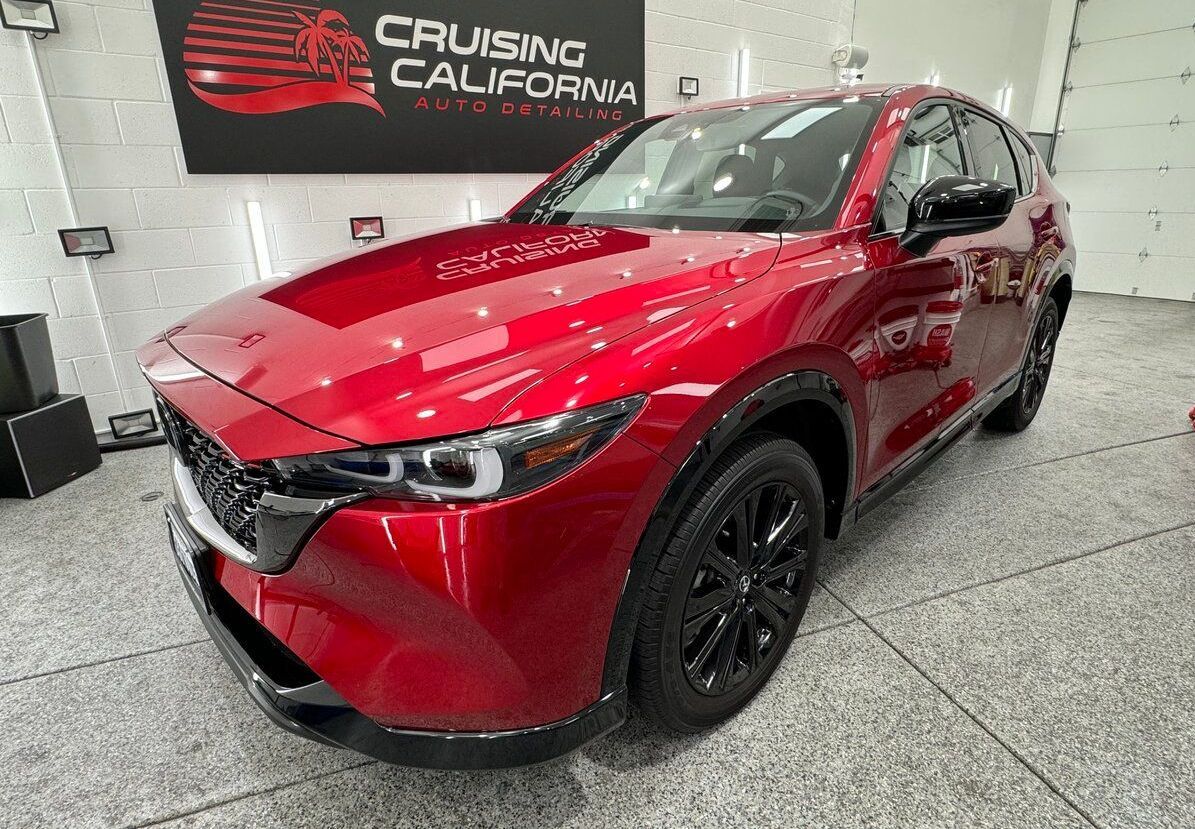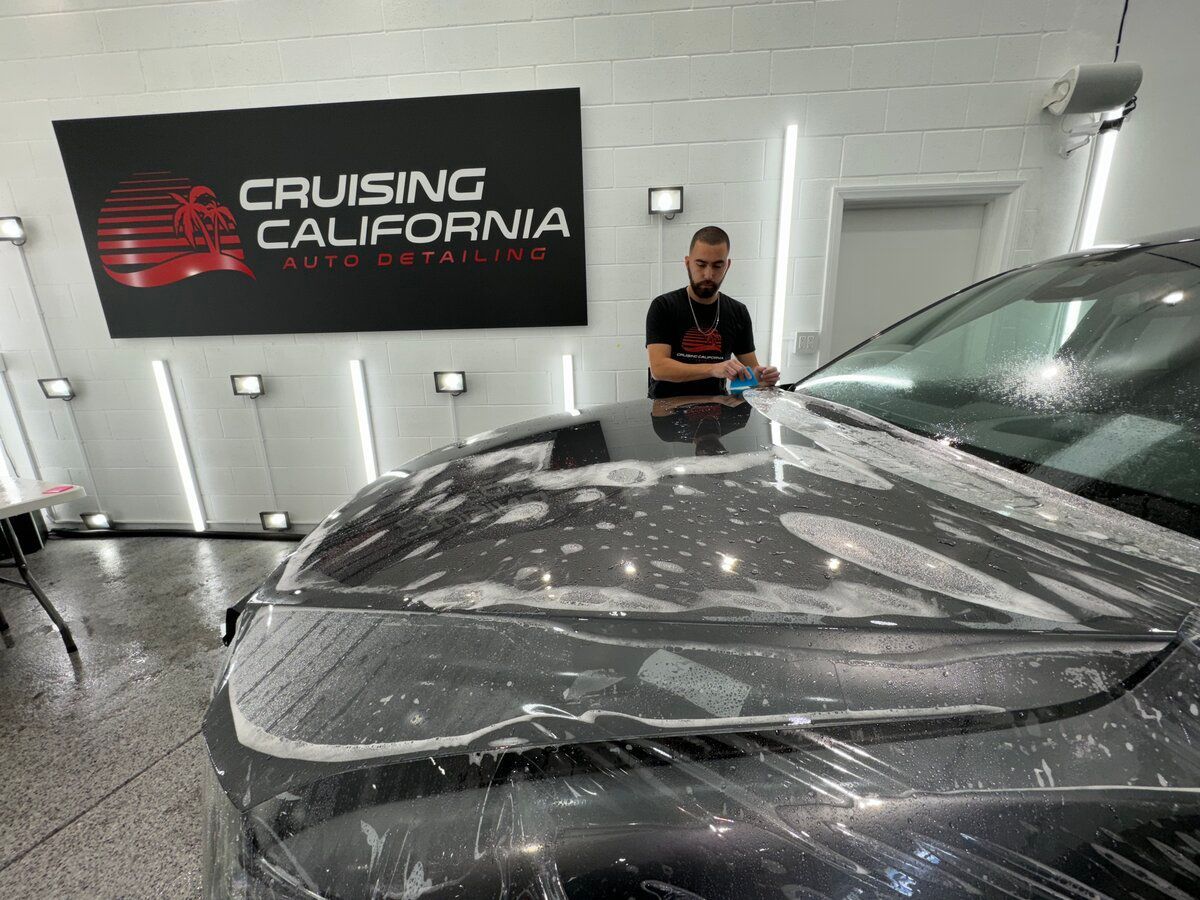Investing in a ceramic coat for your car isn't just a financial commitment; it's an emotional one too. You've probably gone through great lengths to ensure every detail shines, capturing admiring glances on those weekend drives. Yet, maintaining this protective layer requires more than just standard car care routines. Ensuring its longevity means adopting specific strategies tailored to preserve its hydrophobic properties and high gloss finish.
Keeping a ceramic-coated car clean is essential to maintaining its shine. Wash it regularly using a pH-neutral car shampoo, and avoid automated car washes with aggressive soaps. Additionally, consider applying a maintenance spray after washing to enhance and protect the coating. Regular inspections by professionals can also ensure even coverage and prolong the effectiveness of the ceramic coating.
Essential Care for Ceramic-Coated Cars
Maintaining a ceramic-coated car involves some specific care techniques to ensure that the coating remains effective and your vehicle continues to look its best. Let's break down some key care tips that can help you keep your ceramic-coated car in top condition.
- Regular Washing Schedule: Ceramic coatings provide great protection from contaminants, but regular washing is still essential. To maintain your ceramic coat, it's recommended to wash your car every two weeks. This helps prevent dirt and other contaminants from embedding into the coating, which could potentially degrade the protective layer. Regular washing also helps maintain the hydrophobic properties of the ceramic coat, ensuring that water beads off the surface effectively. Regular washing not only keeps your car looking clean and glossy but also contributes to the longevity of the ceramic coating. It prevents contaminants from bonding to the surface, preserving the protective qualities of the ceramic coat. Additionally, frequent washing helps to remove environmental pollutants such as bird droppings, tree sap, and road grime that can damage the coating if left unattended. For optimal results, consider using a pH-neutral car wash soap with a dilution ratio of 1 ounce per gallon of water. This gentle soap effectively cleans the surface without compromising the integrity of the ceramic coating.
- Avoid Automated Car Washes: When it comes to cleaning your ceramic-coated car, it's crucial to be mindful of the type of car wash you use. While touchless car washes are generally safe for ceramic coatings, it's best to avoid automated car washes with brushes. These brushes can potentially scratch the coating, diminishing its effectiveness and even leading to premature wear and tear. High-quality microfiber towels are excellent for washing and drying a ceramic-coated car, as they are gentle on the coating and help prevent micro-scratches. When washing your vehicle, always opt for soft microfiber towels to minimize any risk of damaging the finish. The goal is to maintain the glossy appearance and protective qualities of the ceramic coat without causing inadvertent harm during routine cleaning. Using improper materials or techniques during washing and drying can compromise the effectiveness of your ceramic coating. Therefore, exercising caution and using appropriate tools are pivotal in preserving the beauty and functionality of the ceramic coat.
In summary, conscientious maintenance practices such as adhering to a regular washing schedule, avoiding unsafe car wash methods, and utilizing high-quality microfiber towels can significantly contribute to extending the lifespan and effectiveness of a ceramic coating on your vehicle. So while proper maintenance plays a crucial role in preserving your car's pristine sheen, equally important is choosing the right products for cleaning and upkeep.
Choosing the Right Cleaning Products
When it comes to keeping your ceramic-coated car looking stunning, using the right cleaning products can make all the difference. Let's take a closer look at what you need to maintain that sleek, glossy finish and ensure your coating stays intact for years to come.
- pH-Neutral Car Shampoo: Using a pH-neutral car shampoo specifically designed for ceramic coatings is crucial. These shampoos are formulated not to degrade or strip away the protective coating while effectively removing dirt and grime. Regular household detergents are not designed for this purpose and may harm the ceramic layer.
- Ceramic Boost Sprays: In addition to using a pH-neutral shampoo, utilizing ceramic boost sprays every few months can work wonders for rejuvenating your coating's water-repellency. These sprays are specially designed to enhance the durability and shine of the ceramic coat. They provide an extra layer of protection and can help maintain the hydrophobic properties of the coating. A quick application of these boost sprays can go a long way toward extending the longevity of your ceramic coating.
- Avoid Harsh Chemicals: It's essential to steer clear of harsh chemicals, including detergents, acids, and products containing alcohol, when cleaning your ceramic-coated car. These chemicals have the potential to strip away the protective ceramic layer, compromising its effectiveness over time. Opting for gentle, pH-balanced cleaning products ensures that the ceramic coating remains intact and continues to provide optimal protection for your vehicle's paintwork.
By choosing the right cleaning products—specifically formulated for ceramic coatings—you'll not only preserve the integrity and longevity of your car's ceramic coat but also ensure that it retains its stunning shine for years to come.
Proper Washing Techniques
Ensuring a ceramic-coated car remains glossy and well-protected relies heavily on the proper washing techniques. Always begin by thoroughly rinsing the car with water before using a wash mitt or sponge. This initial rinse helps eliminate loose dirt, grime, and debris, minimizing the risk of scratching the paint during the washing process.
The two-bucket method is a tried-and-true technique for effectively cleaning a ceramic-coated car. One bucket contains soapy water, while the other holds clean water for rinsing your wash mitt or sponge. By alternating between these two buckets, you reduce the likelihood of dirt and grit being reintroduced onto the car's surface, thereby minimizing the potential for scratches and swirl marks. When it's time to start washing, always proceed from top to bottom, beginning with the upper sections of the car before working your way down. This strategic approach prevents the spread of contaminants from dirtier areas of the vehicle to cleaner ones. Gentle pressure and smooth, overlapping strokes are key to preventing scratches and abrasions on the paintwork; treat your ceramic-coated car delicately—it’s worth it!
Moreover, using a pH-neutral car wash solution specifically formulated for coated vehicles effectively cleans the surface without compromising the integrity of the ceramic coating. And don't forget about the wheels! They also deserve attention during the washing process. Use a separate wash mitt or sponge specifically designated for cleaning wheels to prevent cross-contamination between abrasive wheel particles and your vehicle's pristine finish. Mastering these proper washing techniques will go a long way in maintaining the beauty and longevity of your ceramic-coated car. It's all about nurturing that sleek exterior while ensuring maximum protection—truly an investment that keeps on giving.
Professional Servicing and Inspections
While regular care and maintenance are paramount, professional servicing and inspections play a crucial role in ensuring the longevity and effectiveness of your ceramic coating. Scheduling annual inspections with trusted auto professionals allows for a comprehensive assessment of the condition of the ceramic coating, enabling experts to detect any potential issues such as uneven coverage or areas of deterioration.
During these annual checkups, professionals can utilize specialized tools and techniques to carefully inspect the ceramic coating, identifying any signs of wear or failure. This proactive approach allows for timely solutions to be implemented, safeguarding the vehicle's paintwork from potential damage. Professionals may also carry out tests to assess the hydrophobic properties and durability of the coating, ensuring that it continues to provide optimal protection against UV rays, chemical stains, and environmental contaminants. These tests help in determining if additional top coats or maintenance procedures are necessary to maintain the coating's performance.
For instance, imagine you have a high-performance sports car that undergoes frequent exposure to harsh environmental conditions. Annual professional inspections can help detect any vulnerabilities in the ceramic coating caused by prolonged exposure to debris, pollutants, or extreme weather, allowing for prompt intervention to preserve the vehicle's pristine appearance and structural integrity. Think of these professional inspections as regular doctor visits for your vehicle. Just as routine medical checkups enable doctors to identify and address health concerns early on, scheduled inspections with auto salons empower professionals to diagnose and remedy any developing issues with the ceramic coating before they escalate into larger problems.
By leveraging the expertise of certified professionals, you can proactively address any potential flaws in the ceramic coating, prolonging its protective capabilities and preserving the aesthetic appeal of your vehicle for years to come.
Daily Maintenance Tips
When it comes to maintaining a ceramic-coated car, daily attention is vital to ensure its longevity and visual allure. Here are some practical, everyday maintenance tips that will help you protect the ceramic coating and keep your car looking sleek.
- Quick Detail Sprays: You may want to consider using a ceramic-safe quick detail spray after short trips or on a daily basis to remove light dust and fingerprints. These products are specifically formulated to clean without water, making them ideal for quick touch-ups when traditional washing isn't necessary. The key benefit of quick detail sprays is that they provide an easy way to maintain the shine and cleanliness of the coated surface without the need for a full wash.
- Avoid Parking Under Trees: It's important to steer clear of parking your ceramic-coated car under trees or in areas prone to bird droppings and tree sap. These environmental elements can erode the protective ceramic coating over time, compromising its effectiveness. Bird droppings and tree sap are not only unsightly but can also contain acidic substances that can damage the coating if left unattended. By being mindful of where you park, you can significantly reduce the exposure of your car to these potential hazards, preserving the integrity of the ceramic coating.
- Use a Car Cover: Whenever possible, using a car cover is an effective way to shield your vehicle from environmental contaminants that can degrade the ceramic coating. A high-quality car cover provides protection against dust, pollen, bird droppings, and UV exposure, all of which can take a toll on the ceramic coating over time. Additionally, a car cover offers an extra layer of defense against minor scratches and abrasions, helping to maintain the pristine finish of the coated surface. While it may require a bit of extra effort to cover and uncover your vehicle, the long-term benefits of preserving the quality of the ceramic coating make it a worthwhile investment.
With these daily maintenance tips at your disposal, you can proactively safeguard your ceramic-coated car from common environmental challenges and preserve its lustrous appearance for longer periods of time. By integrating these simple yet effective maintenance strategies into your routine, you can elevate the longevity and immaculate appeal of your prized ceramic-coated vehicle.
TOP Ceramic Coating Service in El Cajon, CA
Upgrade your vehicle's protection with CCA Detailing & Ceramic Coating | PPF, offering
top-notch ceramic coating services in El Cajon, CA. Our cutting-edge ceramic coatings provide a superior shield against environmental damage, UV rays, and dirt, ensuring your car maintains its flawless finish. Our experienced team is dedicated to delivering top-tier service, using the finest materials and techniques to enhance your vehicle's appearance and longevity. Trust CCA Detailing & Ceramic Coating | PPF to give your car the ultimate care it deserves. Schedule your ceramic coating service with us today for unparalleled protection and shine. Call us at
(619) 916-6157 to get started!

